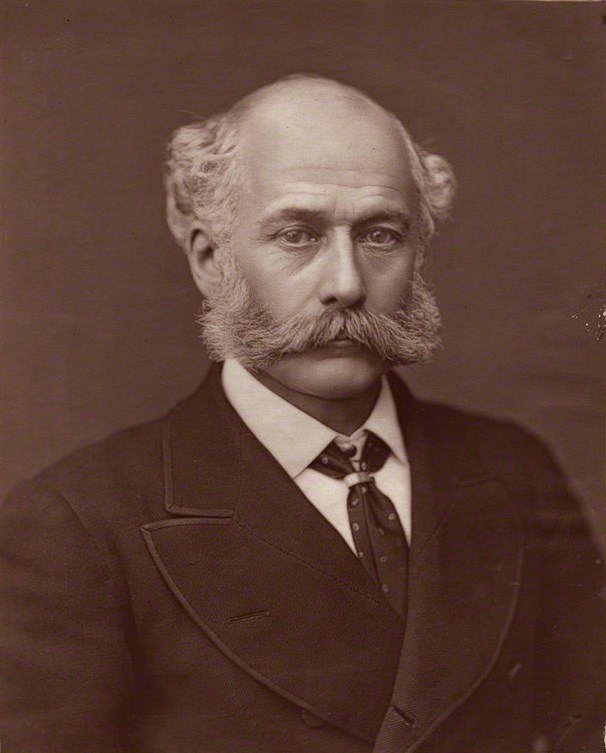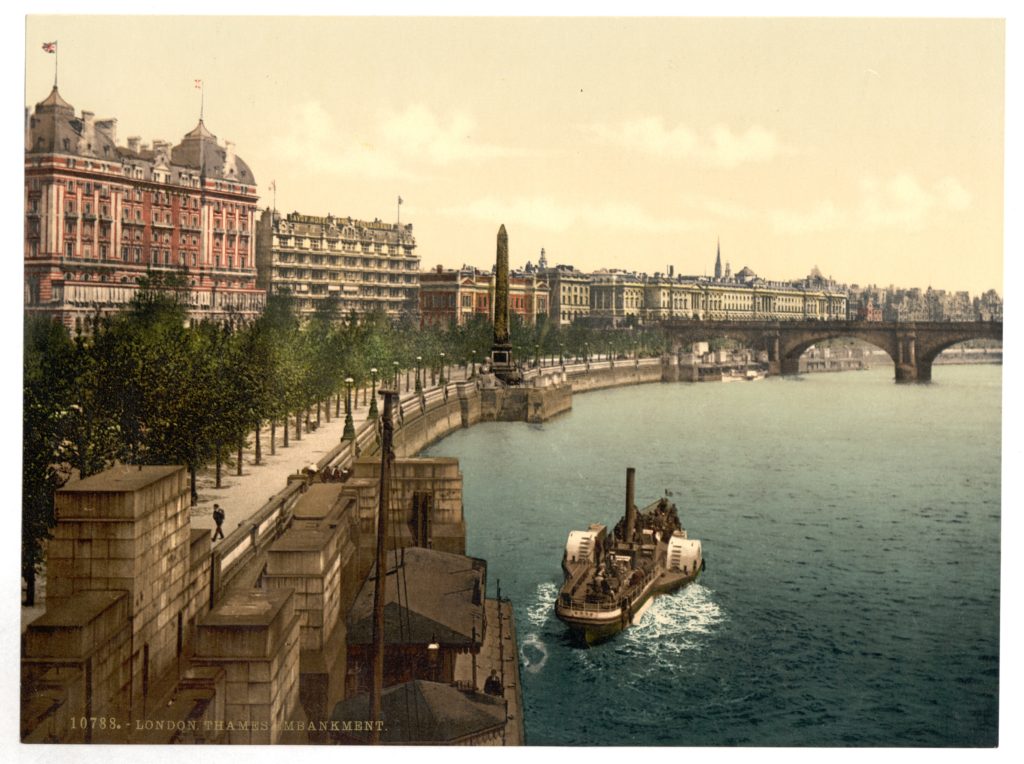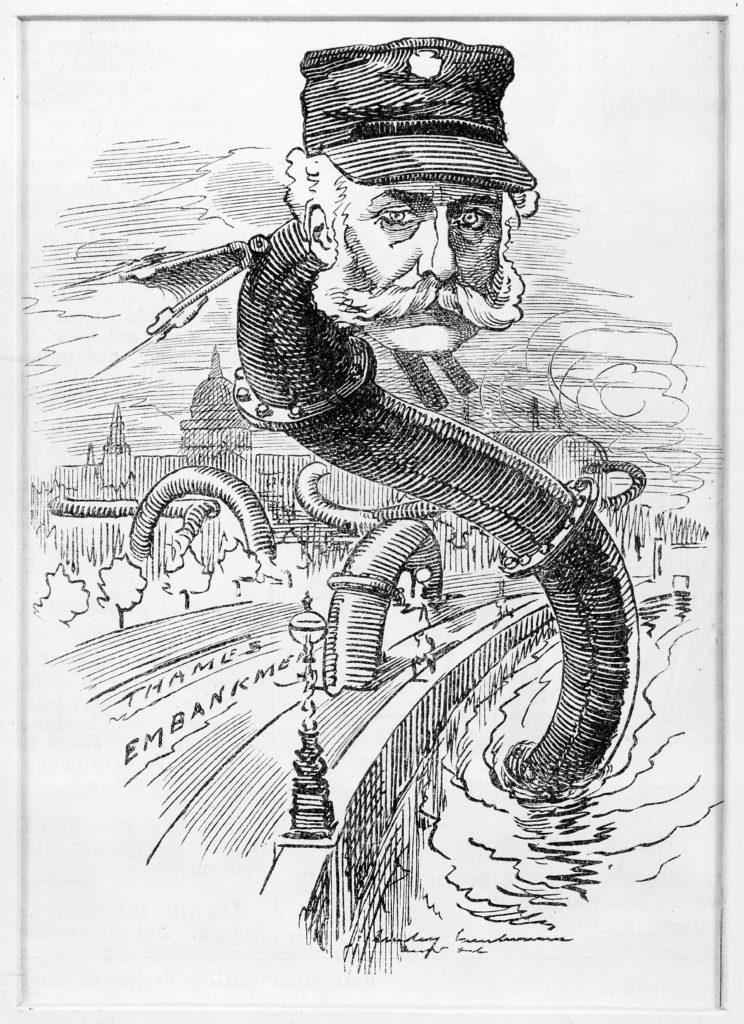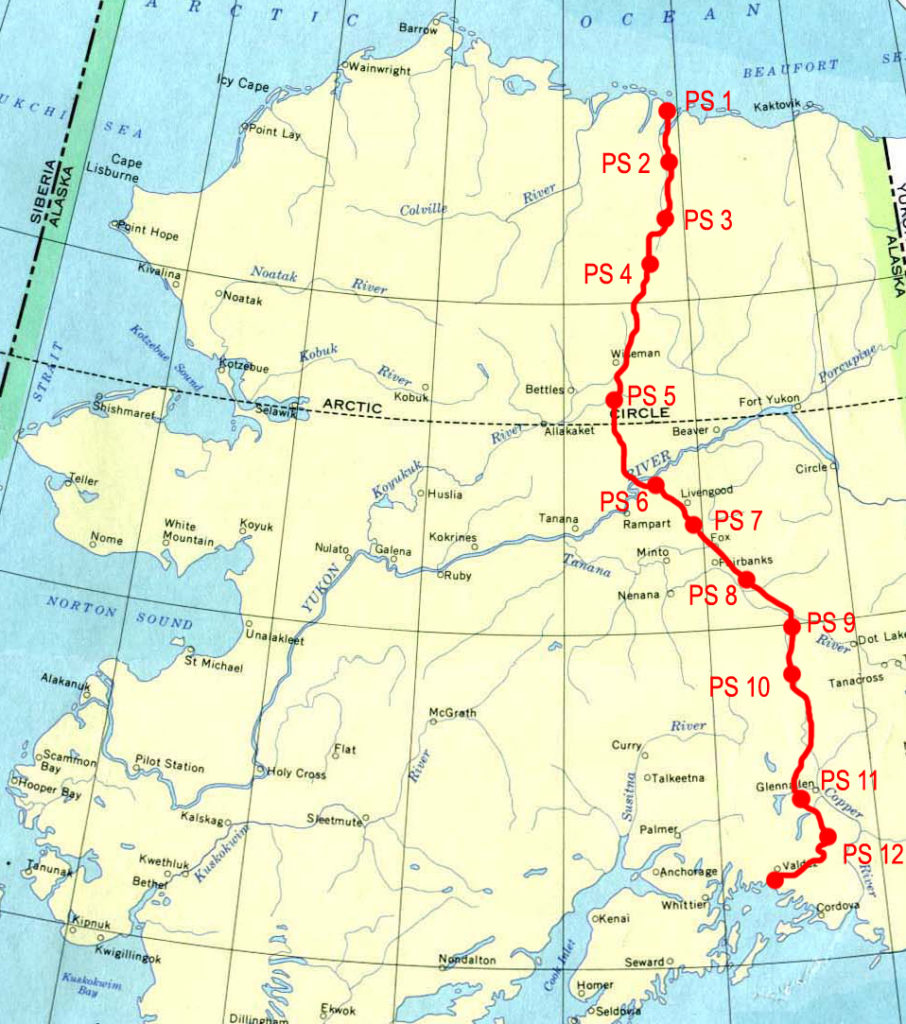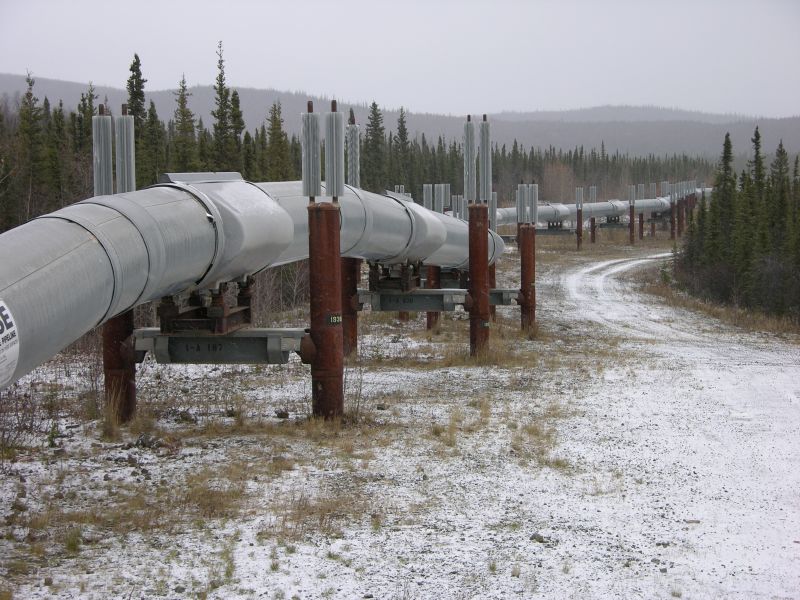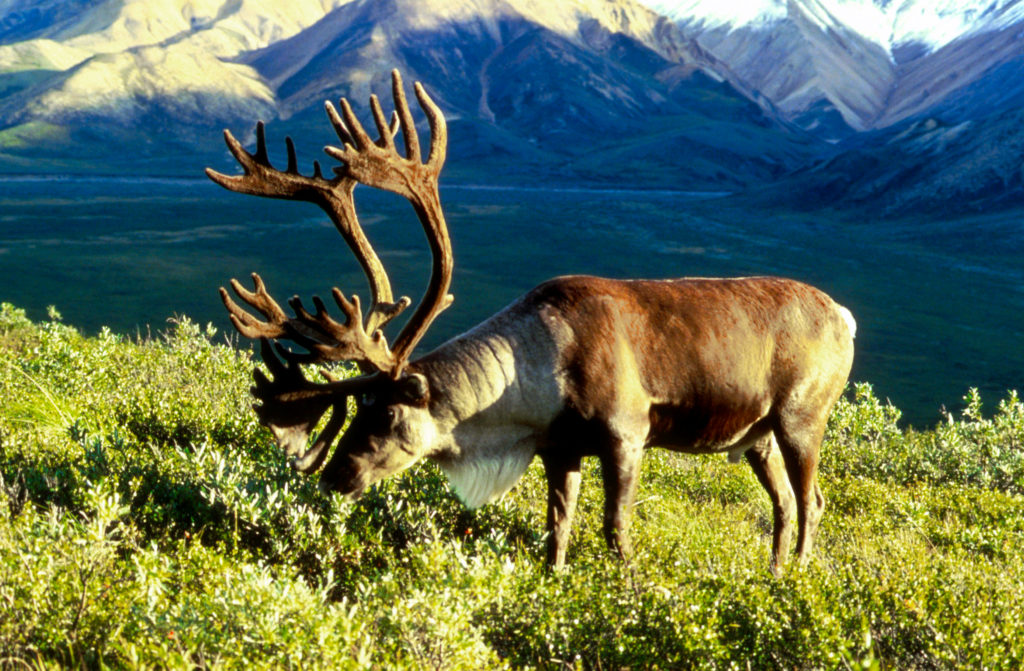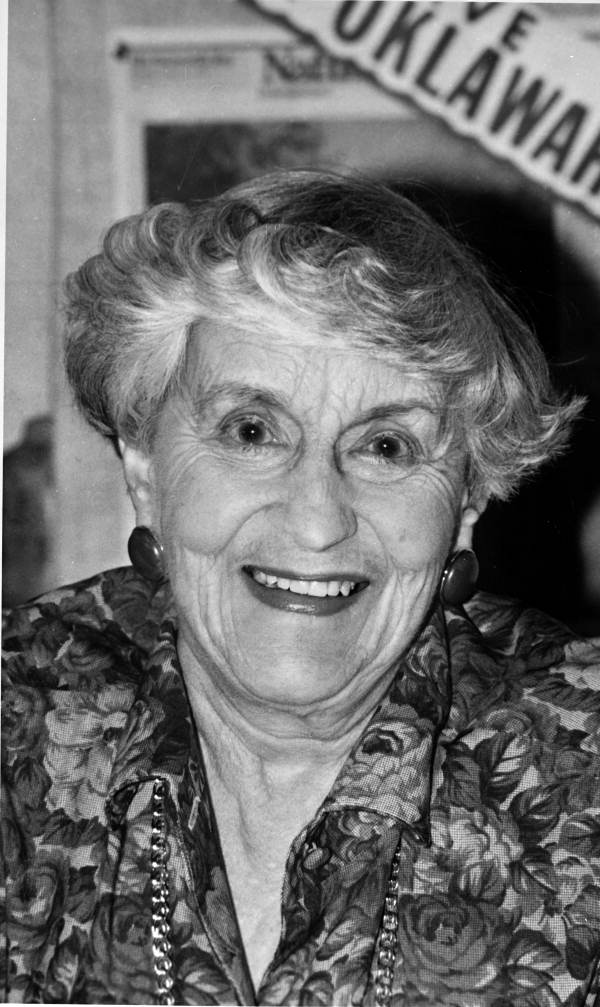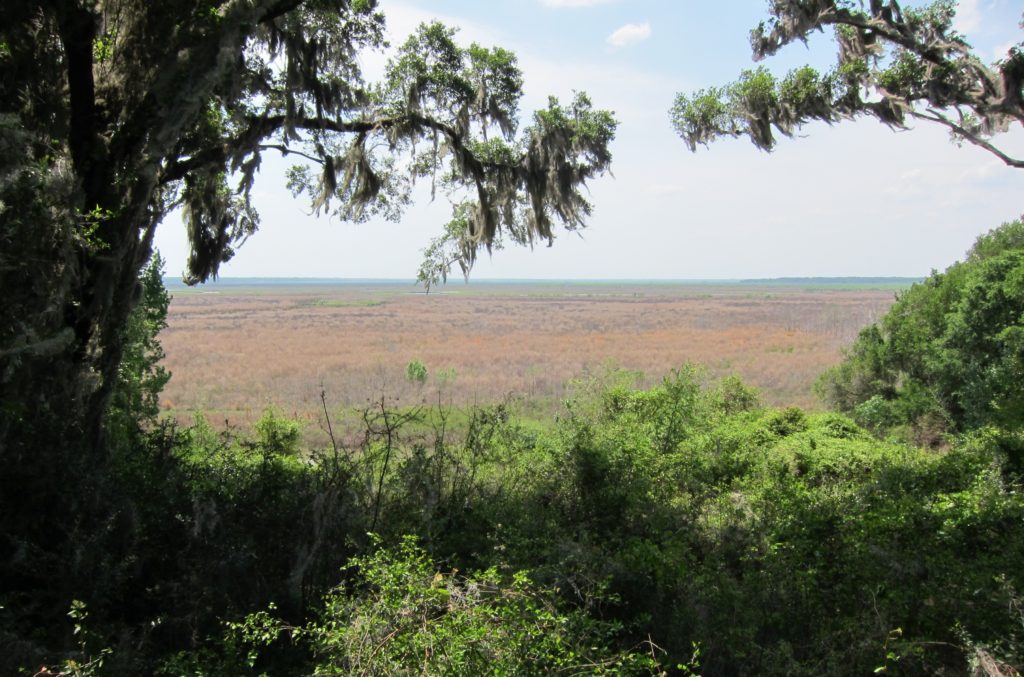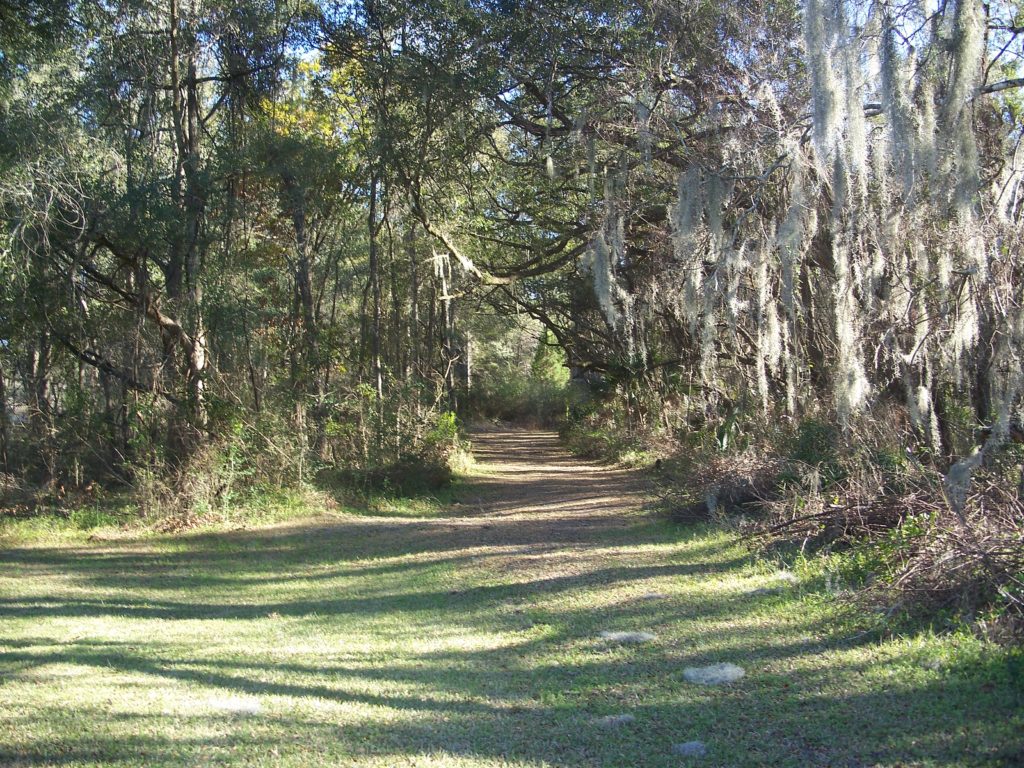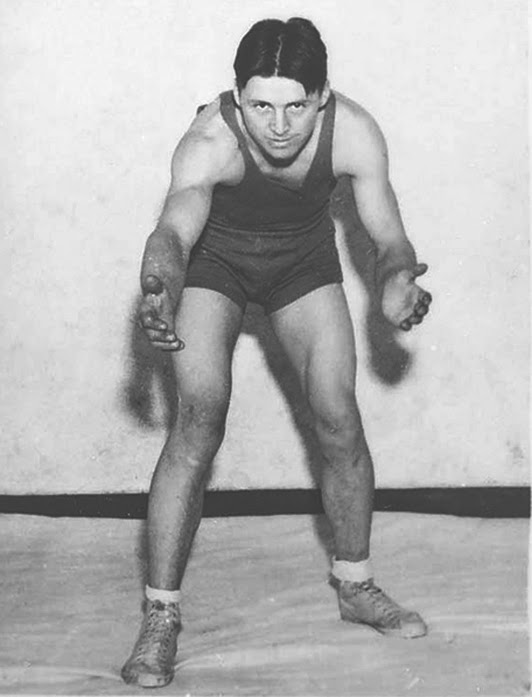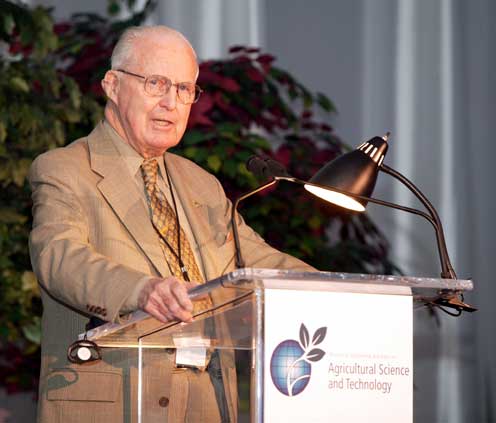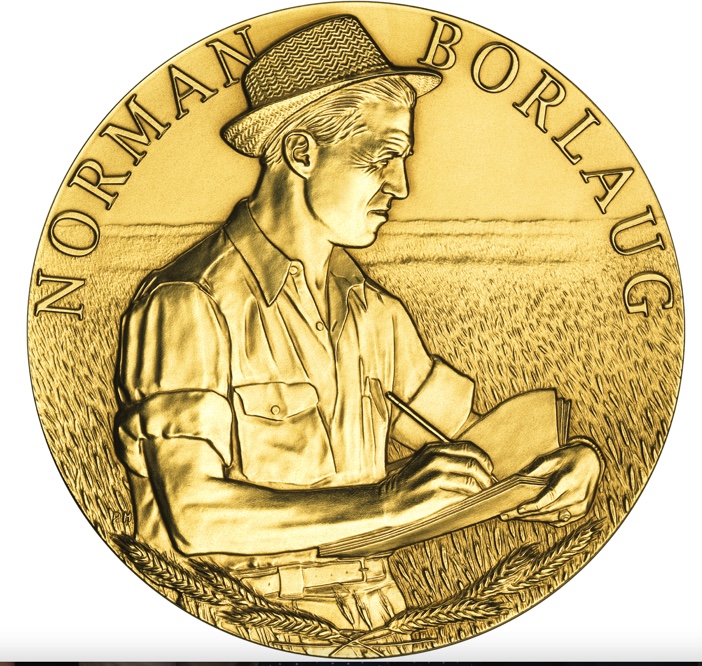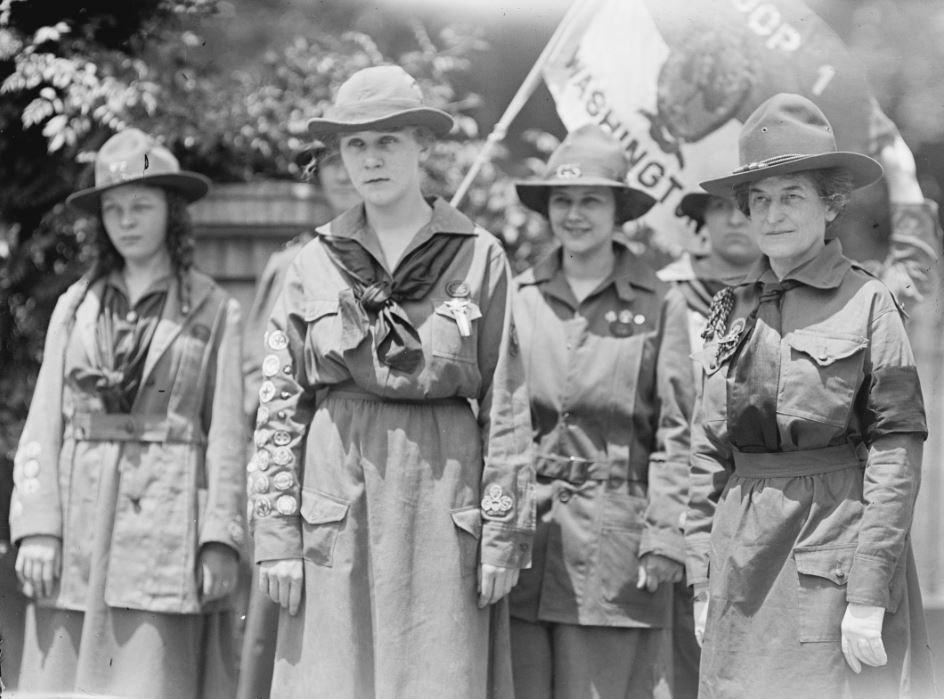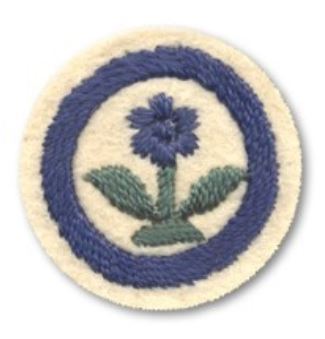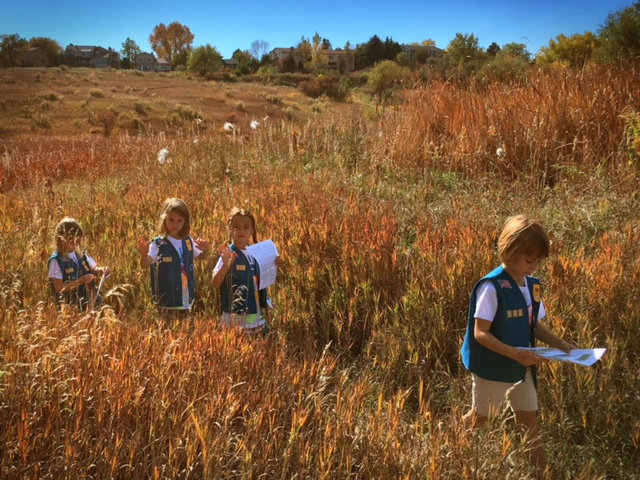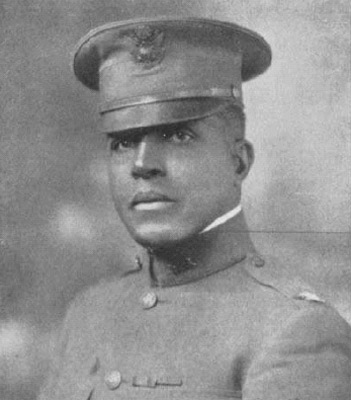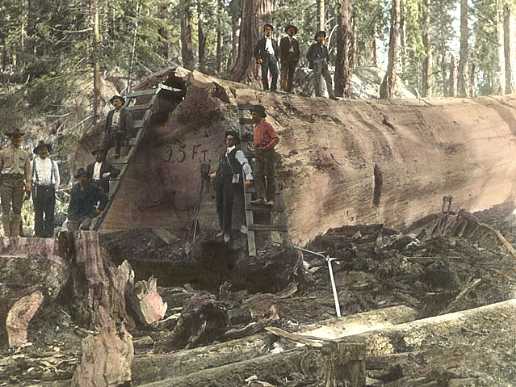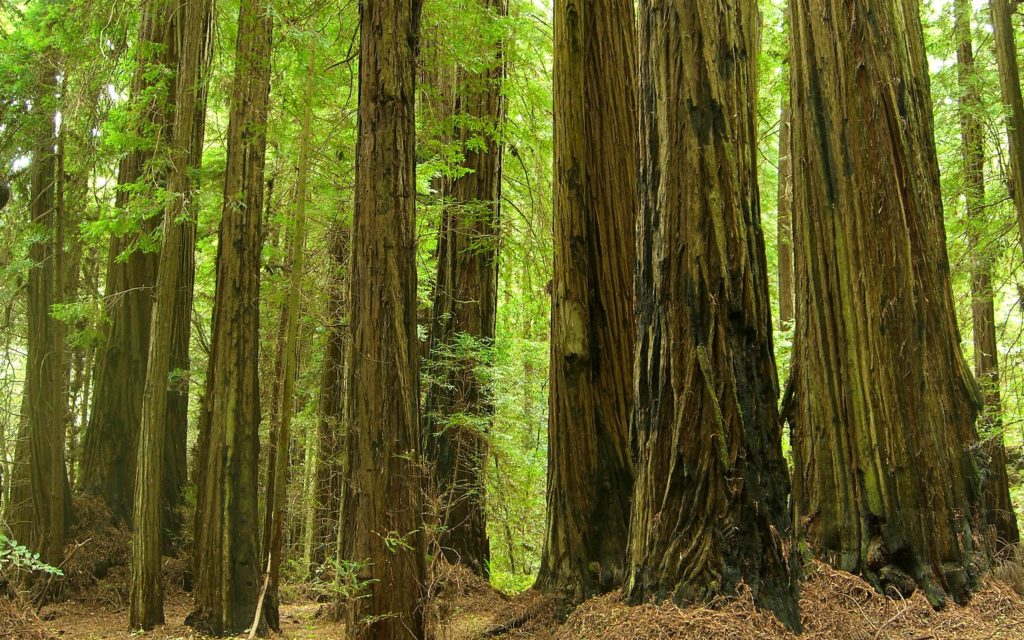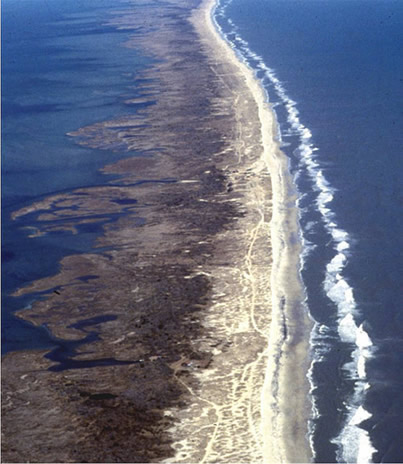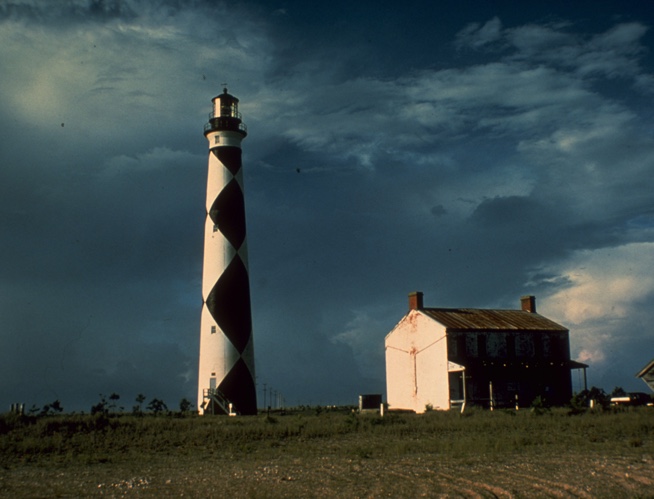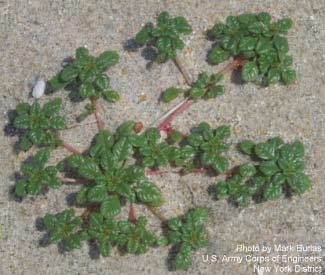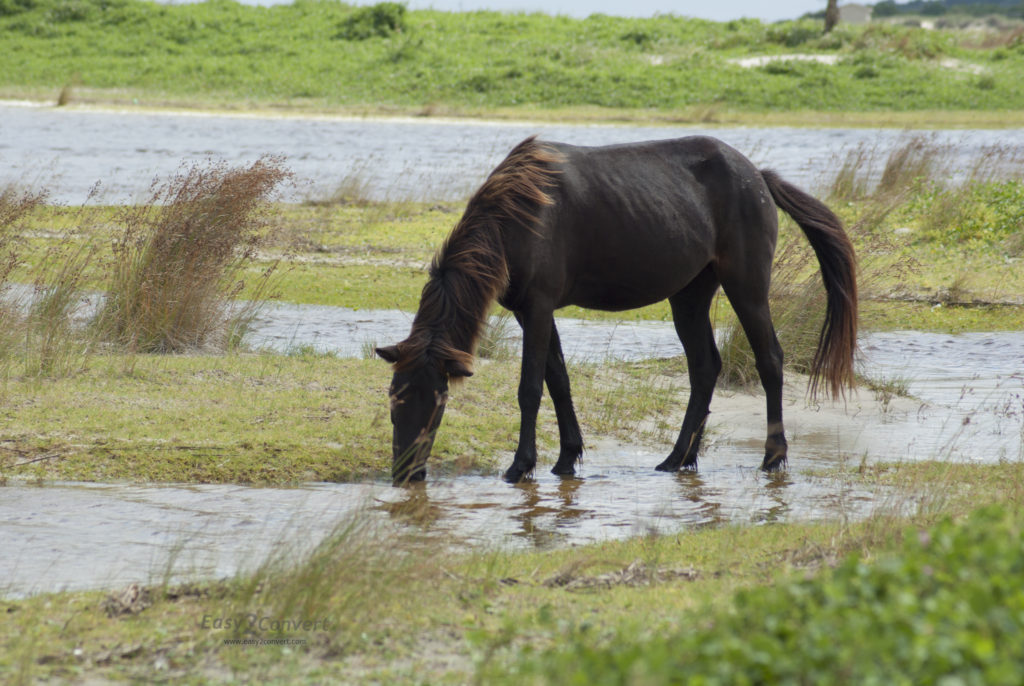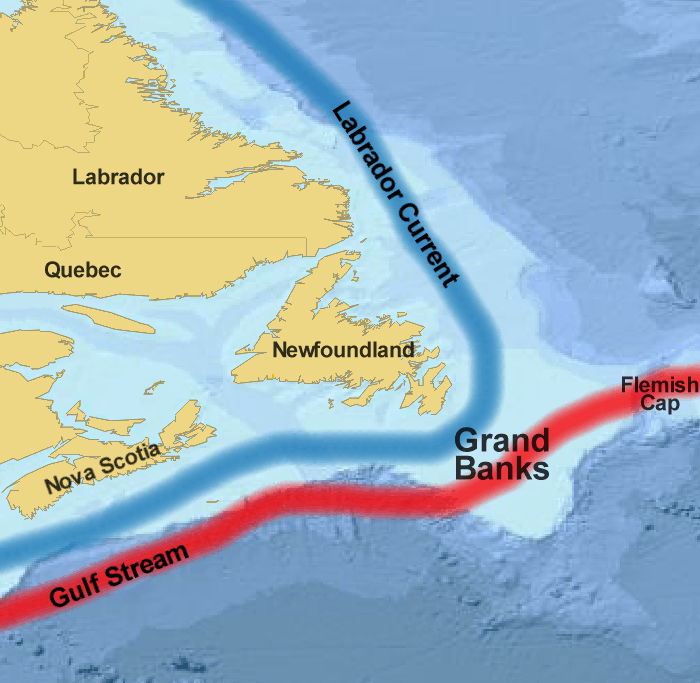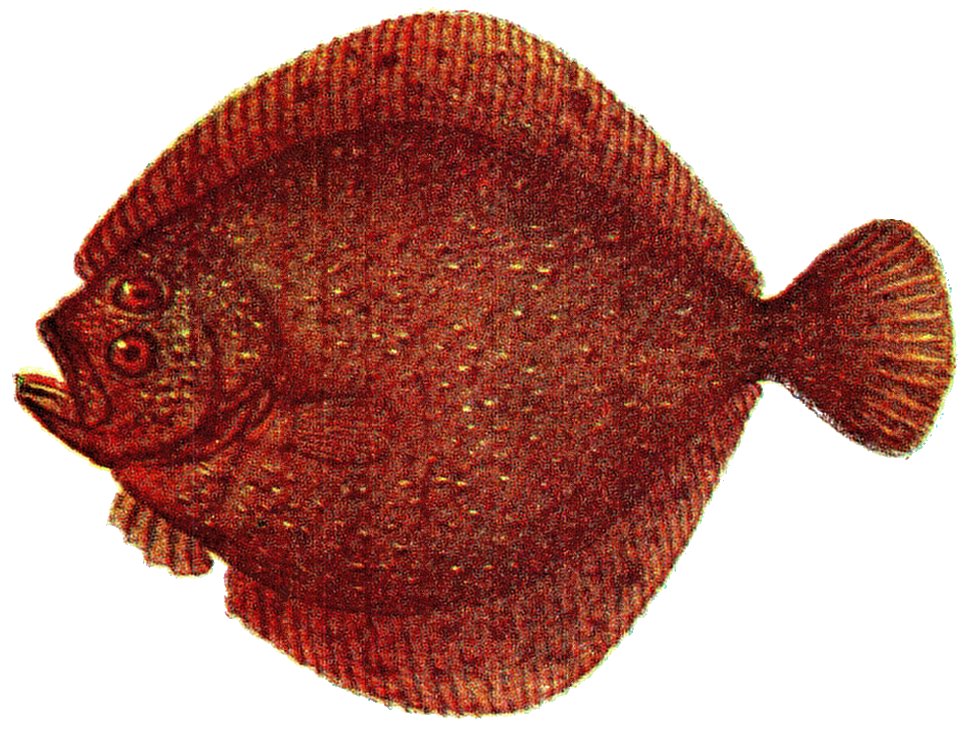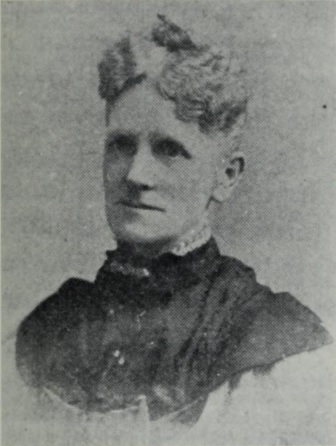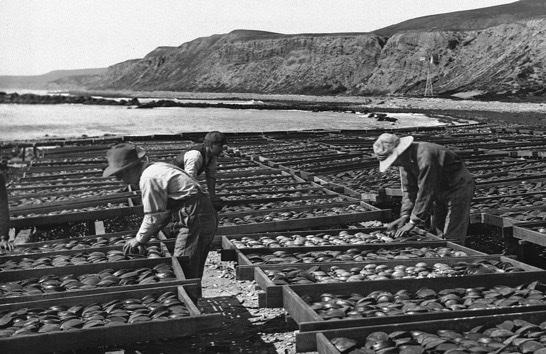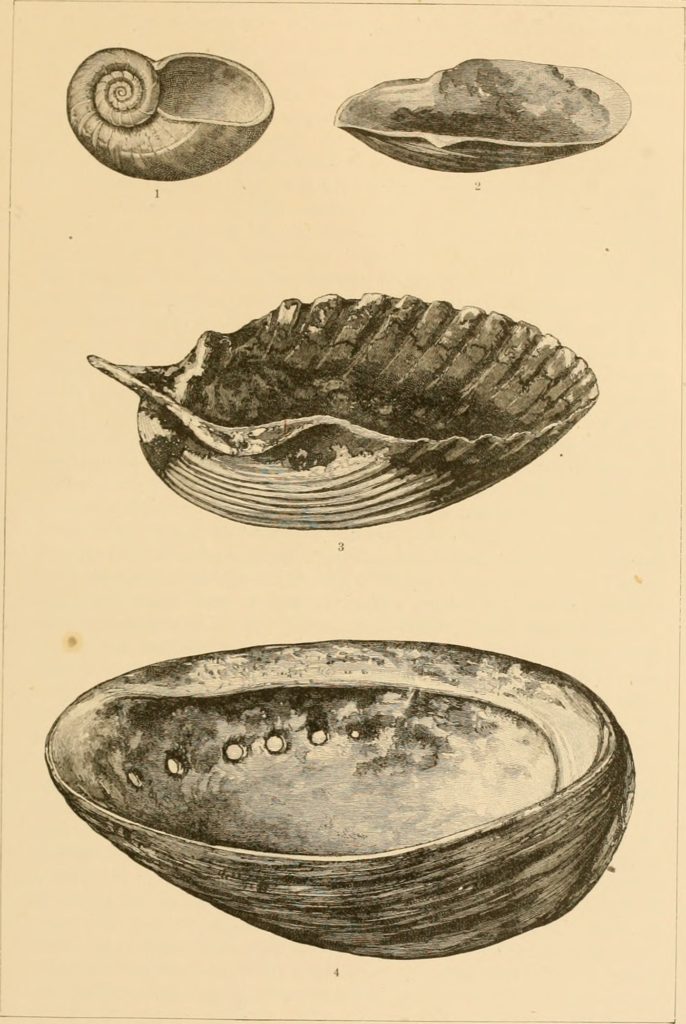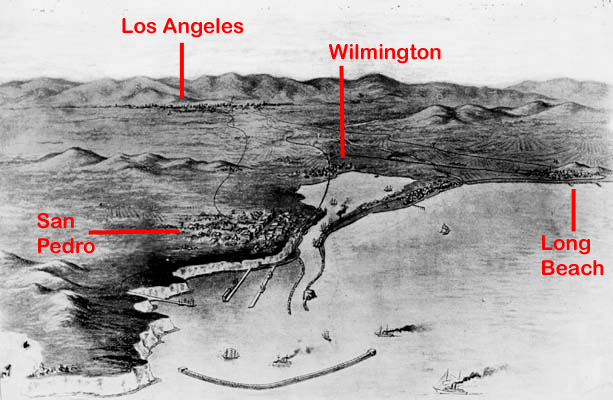If you’ve ever been to Niagara Falls, you know what an overwhelming experience it is. Massive quantities of water cascading over the falls, while you stand just feet away from the edge. Or floating on the Maid of the Mist, all that water crashing down around you. Now, just imagine if it stopped. Unimaginable, you say? True, except for once—beginning on March 29, 1848 and continuing for two days.
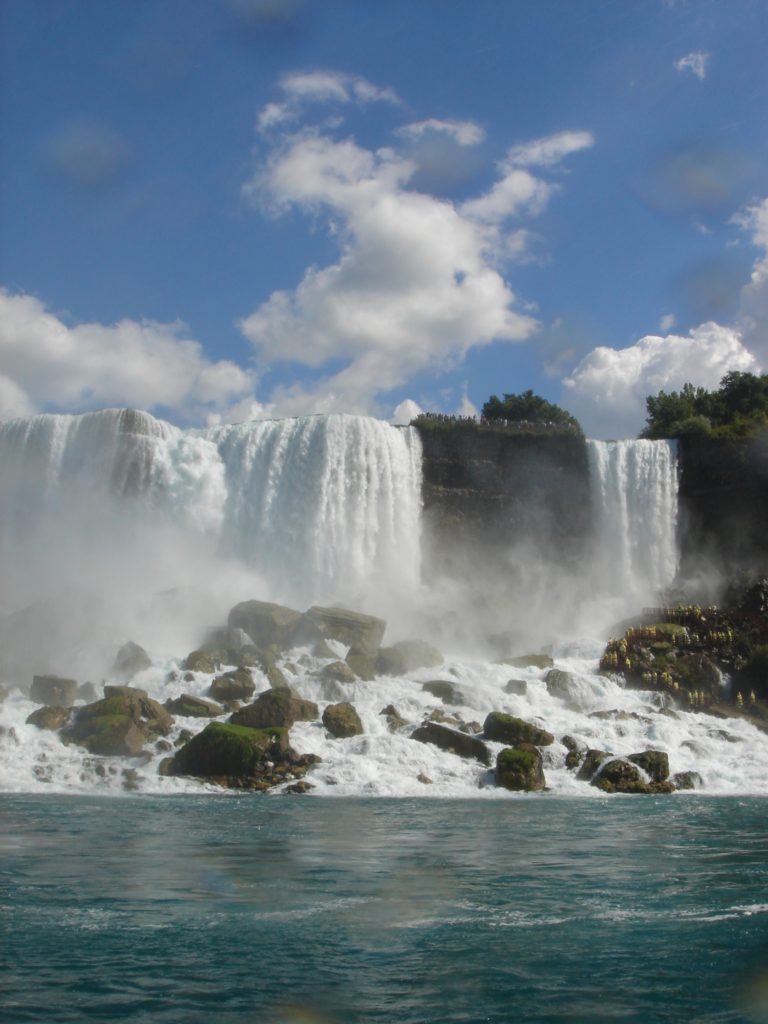
The winter of 1848 had been relatively mild, but still Lake Erie was covered with ice. As spring arrived, a massive gale blew from the southwest for several days, pushing loose ice towards the mouth of the Niagara River. All the ice couldn’t fit into the river, so it began to accumulate at the river mouth, becoming a massive ice dam. The ice dam stopped the flow of the river, the source of water for Niagara Falls.
On the evening of March 29, farmer Jed Porter took his usual walk along the river near American Falls. Instead of the familiar roar of the falls, all he heard was silence. The falls, both American and Horseshoe, had become a trickle. By morning, the water wheels that had been fed by the river had stopped turning, closing mills and factories along the river. Many people thought the biblical prediction of the end of the world had arrived.
Once word reached the area that an ice dam on Lake Erie was the cause of the stoppage, anxiety was replaced by curiosity. Thousands of people came to see the exposed cliffs and river bottom. The more adventurous scrambled down to the river bed, picking up souvenirs of guns, bayonets, tomahawks and other items lost during the War of 1812. Workers for the excursion boat, Maid of the Mist, blasted away rocks that were navigation hazards. The U.S. Cavalry rode along the river bed, apparently just for the fun of it.
The next day, winds shifted and the ice dam broke. By the evening of March 31, the river was full and the falls were flowing once again. To prevent any repeat of the phenomenon, a boom was stretched across the mouth of the Niagara River that prevents ice from building up. Niagara Falls has been flowing ever since.
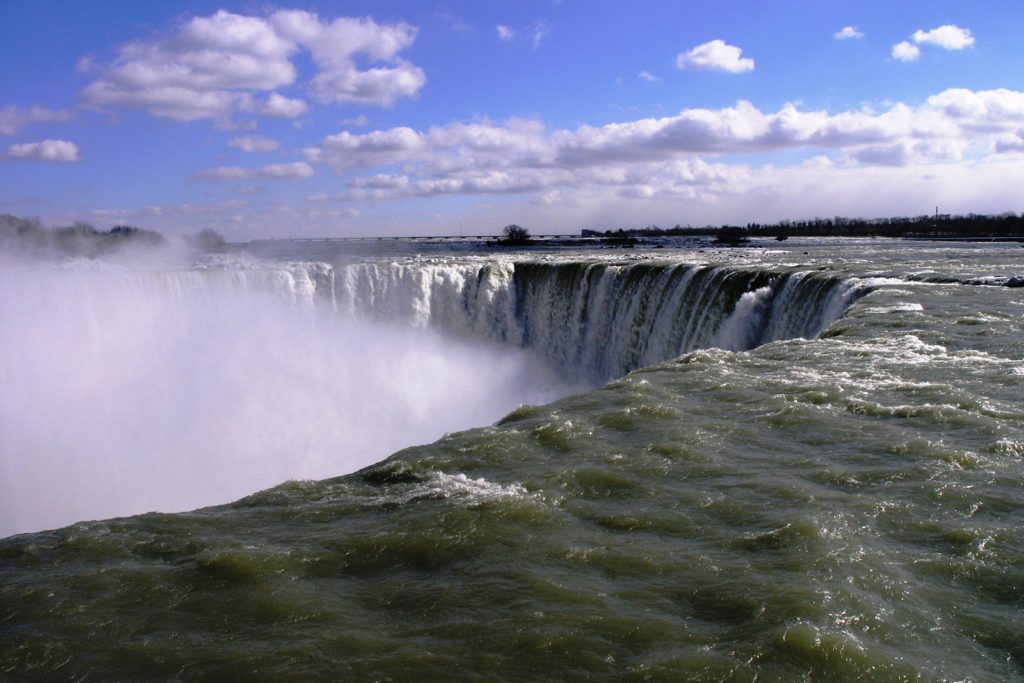
Tourism is important, of course, but even more important is the electricity production associated with Niagara Falls. Water wheels had operated around the falls since the mid-1700s, powering mills and factories. The first hydro-electric plant associated with the falls opened in 1882, serving the local area. Today, five hydro-electric plants (3 in Canada, 2 in the U.S.) generate electricity that supplies about 25% of all electricity used in New York State and the Province of Ontario. A range of 60-75% of all the water in the Niagara River is diverted to supply this power—which means that Niagara Falls is carrying only about one-third of the flow that nature intended.
One final note—U.S. engineers did stop American Falls, the smaller of the two main cascades, once. In 1969, the Army Corps of Engineers built a coffer dam on the river above the falls, diverting the flow to Horseshoe Falls. They stopped the flow so they could decide how to remove the rocks that had accumulated at the base of American Falls and threatened to turn the falls into a rapids.
Even the ambitious Army Corps couldn’t handle this one, however. They humbly decided to let nature handle things, removed the dam and turned on the falls again. A good decision, because, as we all know, it’s not nice to fool Mother Nature!
References:
Alfred, Randy. 2010. March 30, 1848: Niagara Falls Runs Dry. Wired, March 30, 2010. Available at: https://www.wired.com/2010/03/0330niagara-falls-stops/. Accessed March 26, 2019.
Bailey, George. 2018. Did Niagara Falls ever stop flowing? Niagara Falls Canada, August 1, 2018. Available at: https://www.niagarafallstourism.com/blog/did-niagara-falls-ever-stop-flowing/. Accessed March 26, 2019.
Niagara Falls History. Niagara Power Generating Quick Facts. Available at: https://www.niagarafallsinfo.com/niagara-falls-history/niagara-falls-power-development/the-history-of-power-development-in-niagara/niagara-power-generating-quick-facts/. Accessed March 26, 2019.
Niagara History. 2012. The day Niagara Falls stood still. Available at: http://www.niagarafrontier.com/fallsstopped.html. Accessed March 26, 2019.
NY Falls. Electric Power Generation at Niagara. Available at: http://nyfalls.com/niagara-falls/faq5/. Accessed March 26, 2019.

